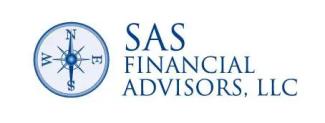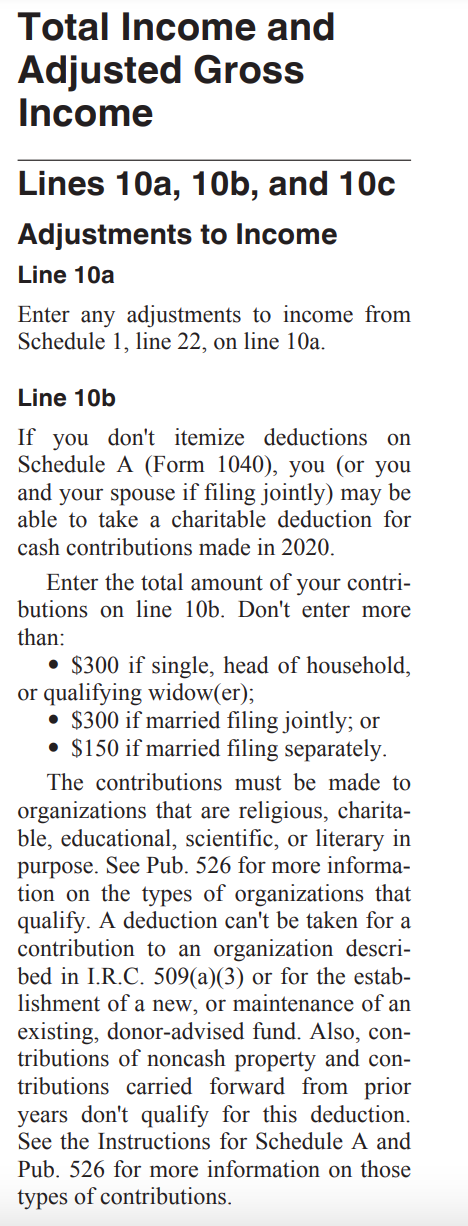
Happy Thanksgiving, Holidays, and Charitable Giving
This is the time of year when we reflect on our lives and reach to provide donations to causes and non-profit organizations that reflect our goals to do better, be better, or do more for others. We have discussed Donor Advised Funds (DAFs) in previous newsletters and this week we will offer another option for giving.
Charitable giving can be done by way of Required Minimum Distributions, such as RMDs from pre-tax retirement accounts such as old 401(k)s and pre-tax IRAs. RMDs were not required last year (2020) in response to Covid and the requirement for RMDs has returned this year (2021) for those who have already begun RMDs and those age 72 who are just starting them for the first time. If you have a Beneficiary IRA, you will need to take the RMD in 2021 from your account regardless of your age.
If you are of RMD age and have a retirement fund where you are forced to take Required Minimum Distributions, you have the option for a Qualified Charitable Distribution in lieu of a taxable distribution. You can direct all or a portion of your RMD to a qualified 501(c3) charitable organization to avoid declaring your RMD as income.
Why would you choose this strategy instead of a Donor Advised Fund? To be clear, you receive no tax deduction by contributing the full or partial RMD amount to a 501c3 organization, like you would otherwise on a contribution to a Donor Advised Fund, instead, you don’t record the donated portion of the RMD as income.
There can be potential advantages as a result of not declaring this income. With a lower income, you reduce your Adjusted Gross Income (AGI) which is what we call an “above the line” deduction. These are reductions taken before you calculate your adjusted gross income. Adjusted Gross Income is used to qualify for the tax penalties of assessing a Medicare Income-Related Monthly Adjustment Amount (IRMAA) surcharge for Medicare Part B and D. By reducing your Modified AGI you might save a significant sum in IRMAA fees.
Additional tax credits that also use AGI include college expenses, child tax credit, qualifying for contributions to individual retirement plans, and adopting children. Any deductions above the line are in addition to either itemized deductions or the standard deduction. Reach out to us if you think you might be interested in a Qualified Charitable distribution/RMD from your retirement account. The net investment income tax is impacted by AGI. Think carefully about the most tax-efficient way to make your gift and if you need help let us know at SAS and we are happy to help you.
Other tax considerations that are dependent on being completed by calendar year-end include:
- Roth conversions
- Charitable contributions
- Employee contributions to employer-sponsored retirement plans for 2021
- For W-2 employees: made via payroll contribution percentage settings made in a tax year ending on 12/31
- For 1099 or self-employed: made via specific account transfers by 12/31 or 4/15 depending on the account
- Paying medical expenses
- One strategy is to “bunch” as many medical expenses into the same tax year (1/1-12/31) in order to exceed the required 10% of AGI hurdle
- Deferring income to next year
- Small business 401k creation needs to be done before year-end 12/31, although some contributions can be made up to filing your taxes for 2021.
- Itemizing deductions in bulk within one tax year to exceed the standard deduction.
- For example, bunch a multiple of years’ worth (2, 5, or 10 years, etc) of your average annual charitable contribution into one single year by utilizing a Donor Advised Fund.
There are many tax proposals in the Build Back Better legislation passed by the House however we don’t know how the Senate will change the legislation so visibility is limited. We do know what the rules are for 2021 so we need to focus on that. Additionally, while available to Congress, the Build Back Better legislation is not likely to extend retroactively into the 2021 tax year and will begin 1/1/2022 unless otherwise officially noted in a Senate-approved bill.
We hope you all had a lovely Thanksgiving last week! We are thankful for all of you as our clients and for being a part of a meaningful community in your relationship with SAS.
Additional Resources: Retirement Plan and IRA Required Minimum Distributions FAQs
For 2021, Required Minimum Distributions, or RMDs, will be required from all eligible accounts before 12/31/2021. Last year, 2020, the CARES Act provided a one-year suspension on Required Minimum Distributions. That suspension ended on 12/31/2020.
To determine if you may be required to make a Required Minimum Distribution in 2021, consider the following two questions:
- Yes/No: Are you age 72? OR were you age 70.5 years old as of 1/1/2020? OR Regardless of age, do you own an inherited or beneficiary retirement account of any kind?
- Yes/No: Do you own any of the following employer-sponsored retirement plans? Profit-sharing plans, 401(k) plans (including Roth 401(k) plans), 403(b) plans, and 457(b) plans. Do you own any traditional IRAs and IRA-based plans such as SEPs, SARSEPs, and SIMPLE IRAs? (Note: RMD Rules do not apply to Roth IRAs while the owner is alive).
If you answered "Yes" to both of the above questions, you may be required to make a distribution from each eligible account before 12/31/2021.
For SAS managed accounts eligible for a 2021 RMD, please contact the SAS Advisor Team with the following information before 10/31/2021:
- If you would like your RMD to be completed with the same instructions as 2019
- The percentage to be withheld for federal *and* state taxes, or mark none
- The account to receive the RMD funds into either another owned Individual, Joint, or Trust account managed by SAS, or an external linked account not managed by SAS
- If banking instructions are not on file, please complete, sign and send back the following form to the SAS Advisor Team along with your responses: https://veoone.tdainstitutional.com/teamsite_vdh/resources/documents/downloadforms/TDAI9341.pdf
For non-SAS managed accounts eligible for a 2021 RMD, contact that account's advisor, custodian, or plan administration to complete the 2021 RMD before 12/31/2021.
IRS RMD Reference Link per the date of this blog 10/15/2021: https://www.irs.gov/retirement-plans/retirement-plans-faqs-regarding-required-minimum-distributions
This website is informational only and does not constitute investment advice or a solicitation. Investments and investment strategies recommended in this blog may not be suitable for all investors. SAS Financial Advisors, LLC and its members may hold positions in the securities mentioned within this newsletter.
The SAS Newsletters are posted on the SAS Blog weekly: https://www.sasadvisors.com/blog


